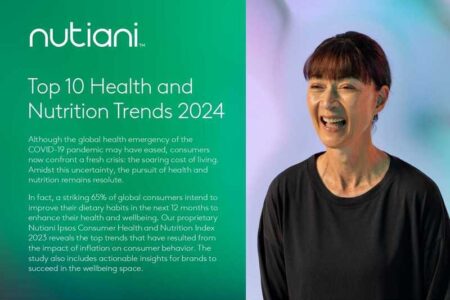New range of reference nanomaterials from LGC
LGC Standards has launched a range of reference nanomaterials to aid research and testing on the applications and impacts of nanotechnology.
Widely regarded as one of the most important new technologies of the 21st century, nanotechnology has implications for many technological areas and industrial sectors, with nanomaterials now used in a range of applications. With the increasing presence of nanomaterials in new products, there has been a substantial increase in research into their manufacture, characterisation and applications.
One of the most comprehensive nanomaterial research programmes is being carried out by the Organisation for Economic Co-operation and Development’s (OECD) Working Party on Manufactured Nanomaterials (WPMN).
“At IHCP, our primary goal is to provide scientific support to European Union policy regarding nanotechnology and public health in a sustainable environment,” says Dr Christoph Klein, representing the European Commission’s Joint Research Centre – Institute for Health and Consumer Protection (IHCP) on the WPMN. “Within the WPMN, we have focused our work on a priority list of representative Manufactured Nanomaterials for which development of data would support characterisation, measurement, toxicological and ecotoxicological testing, and risk assessment or safety evaluation of Manufactured Nanomaterials.”
The range of reference nanomaterials used within the OECD WPMN international testing programme and released by the European Commission JRC are now available from LGC Standards. They include: multi-walled carbon nanotubes, silver nanoparticles, titanium dioxide, cerium oxide, zinc oxide, and silicon dioxide.
“LGC Standards provides laboratory quality management solutions, serving customers across a wide range of industries, from pharmaceuticals to food and from life science to the materials industries,” adds Jane Firth, sector manager at LGC Standards. “Nanoscience has applications across all these sectors and we are extremely pleased to add nanomaterials to our range of 70,000 reference materials. These reference nanomaterials provide researchers with characterised materials for use in their testing models.”

